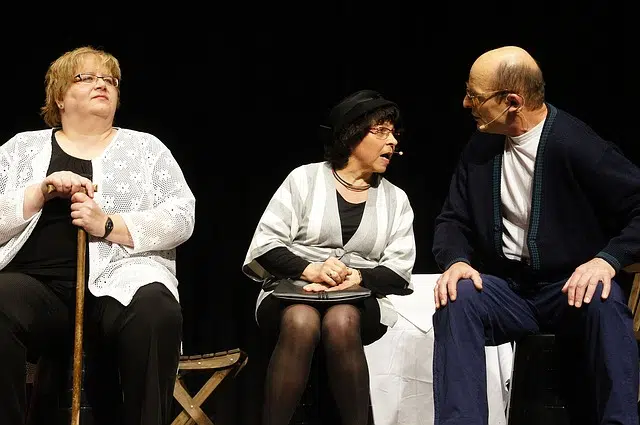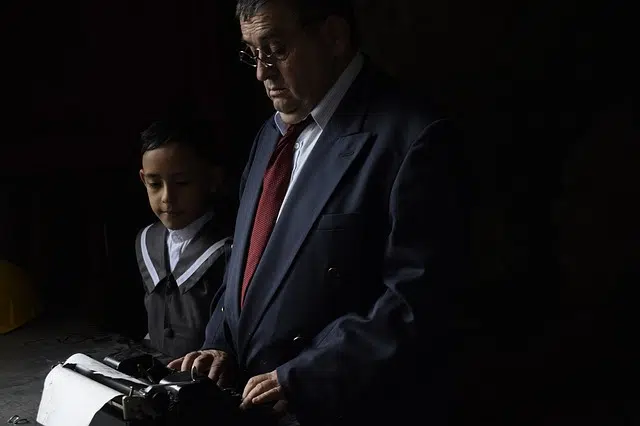
A dramatic text represents scenes through dialogue between characters.
The coherent set of statements that forms a unit of meaning and that has a communicative intention through its signs is known as a text . Drama , on the other hand, is a form of presentation of different scenes through their representation with actors and dialogues.
The dramatic text , therefore, is one that represents some conflict in life based on the dialogue between the characters . The notion of drama allows us to name, in a generic way, any work written by a playwright where the events take place in a specific space and time.
Characteristics of a dramatic text
The purpose of the dramatic text is the representation of its contents in front of the public . Drama includes both the text written for the theater and the theatrical work (susceptible to stage representation).
It is important to keep in mind that the action of the dramatic text is not directly narrated by the playwright , but rather occurs through the action and dialogue of the characters. Such actions, therefore, can be seen by spectators in a theatrical performance.
Other main characteristics that every dramatic text has is that it can be written in both prose and verse. And all this without forgetting that there are two types of texts within it: the main one and the secondary one.

A dramatic text can be performed in front of the audience through actors.
Dialogues, monologues and asides
In the case of the main text we can establish that it is the one that is presented in three different ways:
Dialogue, that is, the conversations of the characters in the story. It becomes what would be the support of everything that happens and thanks to it the advancement of what is action occurs.
Asides. Under this name are those moments in which a specific character briefly, and it seems that none of the others hear him, makes a comment. This intervention, which only the public hears, is usually of a comic nature.
Monologue. As its name indicates, it is the speech that a character makes without addressing anyone in particular, as a general rule. Simply what you are trying to do is express out loud your fears, your hopes, your feelings...
Secondary text in the dramatic text
On the other hand, within the dramatic text we said that there was also the secondary text. We can define this as the set of annotations, explanations and indications that have to do with what the dramatic representation is.
In this way, we find the fact that through it issues such as sounds, movements, the characters' costumes, the environment in which the scene must take place are made clear...
Drama, tragedy and comedy
It is said that the dramatic text is composed of what actually happens. It is possible to distinguish between major types of dramatic texts: drama , tragedy and comedy .
The drama or tragicomedy combines elements of comedy and tragedy, where the space for laughter is harmonized with painful moments. Tragedy, on the other hand, attempts to generate catharsis in the recipient and usually culminates in disastrous events. Comedy, finally, focuses on comedy and the exaggeration and ridicule of conflicts.
